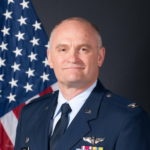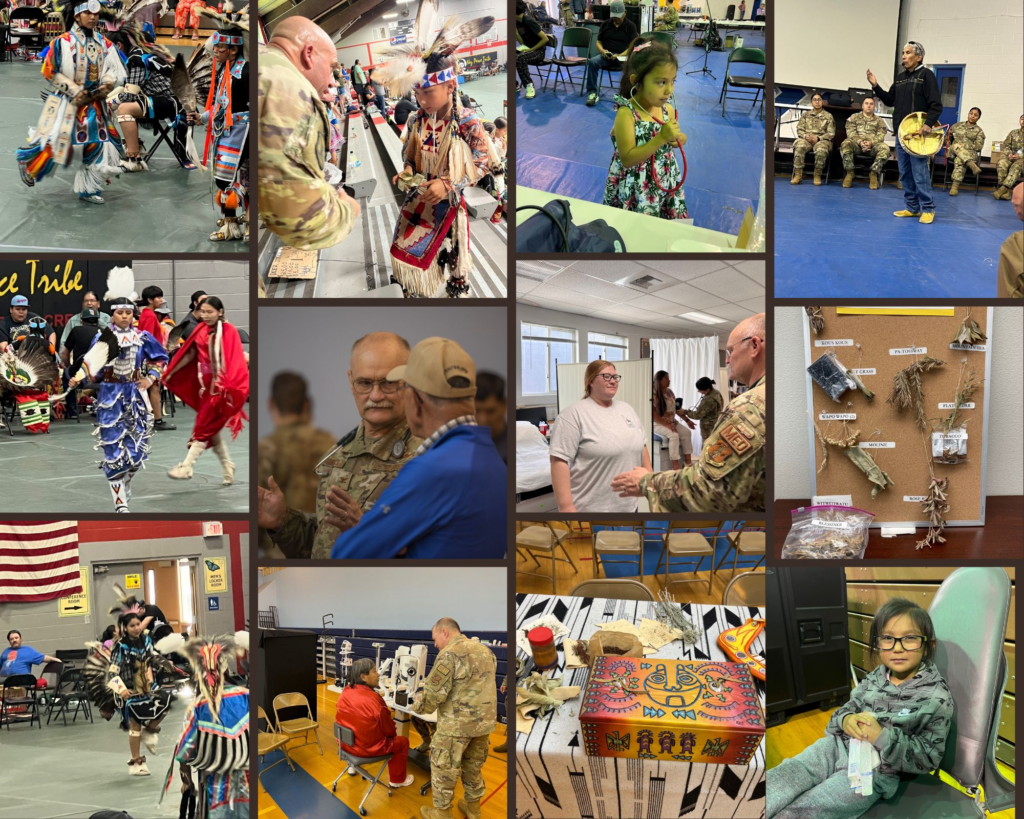Missed the Nov. 4, 2024, AOBFP/ACOFP webinar? | VIEW THE RECORDING
Caring for Native Americans through the National Guard Innovative Readiness Training program
The following was published in the June 2024 AOBFP newsletter.
By Col. Brandon Isaacs, DO, MBA, FAOGME

Despite many medical advancements in recent years, our nation is still home to many populations with limited access to much-needed medical care. The Native American community is one of our most medically underserved populations, with more than 560 tribes and two million patients across the country. The National Guard developed the Innovative Readiness Training (IRT) program with the goal of providing care for Native American patients while offering valuable training opportunities for members of the National Guard/Reserves. Through collaboration with National Guard resources and Tribal Counsel, the program’s missions may be tailored to the needs of specific communities all over the nation.
In my role as the Idaho State Air Surgeon, I have been fortunate to lead a medical team on several IRT missions, including one last month focused on providing medical, dental, optometry, nutrition education and resiliency training for members of two Idaho tribes. Over two weeks, more than 600 community members received care and National Guard members from Idaho, Kentucky and Nevada completed more than 2,000 hours of training focused on logistics, dental care, immunizations, optometry and more. Overall, the mission was extremely successful and the participating National Guard members were culturally enlightened.

In addition to providing care for those in need, this mission helped team members establish trust within a community that is often wary of “outsiders.” Though we were initially regarded with sideways glances and suspicion, we focused our attention on sharing cultural knowledge and learning from each other. In fact, the philosophy of whole-body wellness existed within the tribal communities long before osteopathic physicians adopted it. The Native American philosophy parallels our osteopathic philosophy so well and I can imagine that our founder, A.T. Still, MD, DO, derived some of his ideas from the natives he worked with in his region. It’s ironic that native people have lived in harmony with nature for thousands of years without our assistance, and now they do not have access to the resources they need to maintain their society.
Through the IRT program, we are learning what our Native American patients need, not what we tell them they need. Our goal is to help them become self-sufficient and succeed in managing their own community and medical needs. In one of my favorite interactions, I spent quite a bit of time “comparing notes” and learning about herbal remedies from the tribe’s medicine man. Interestingly, many modern medicines were derived from the very plants he uses to treat fellow community members. I think I learned more from him and other tribal members than they learned from me. I will cherish this experience forever and know it has made me a better physician and human being.